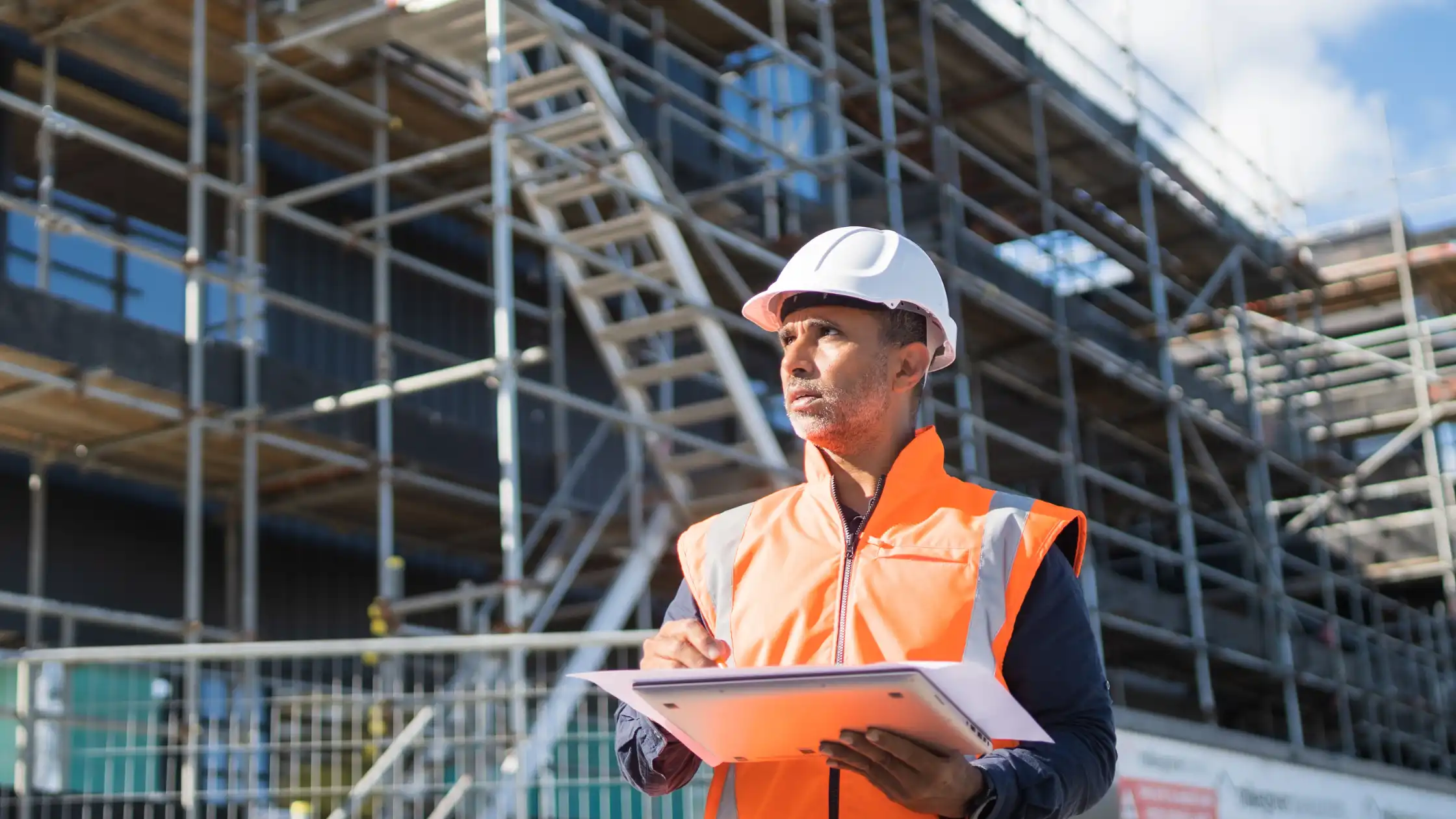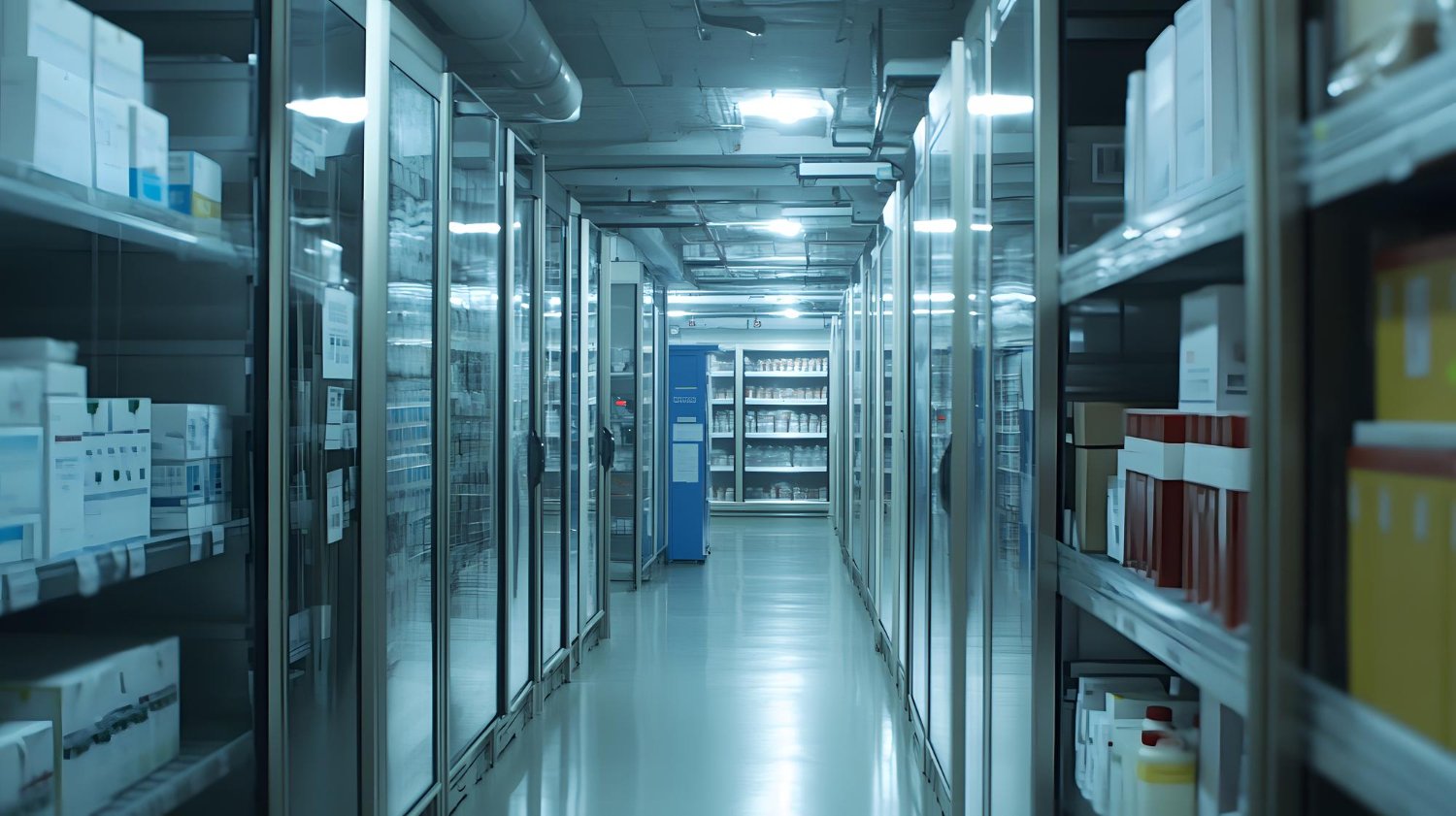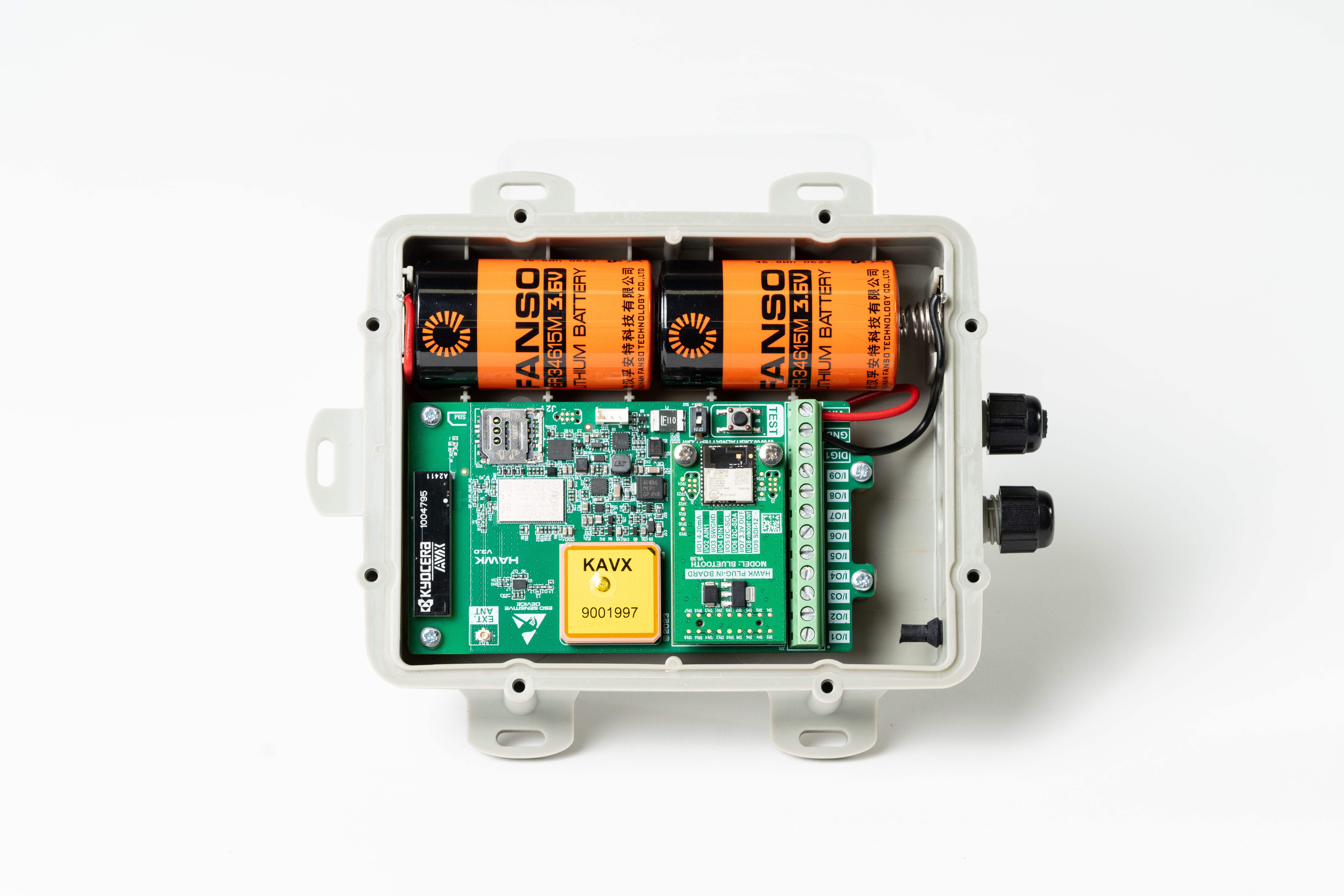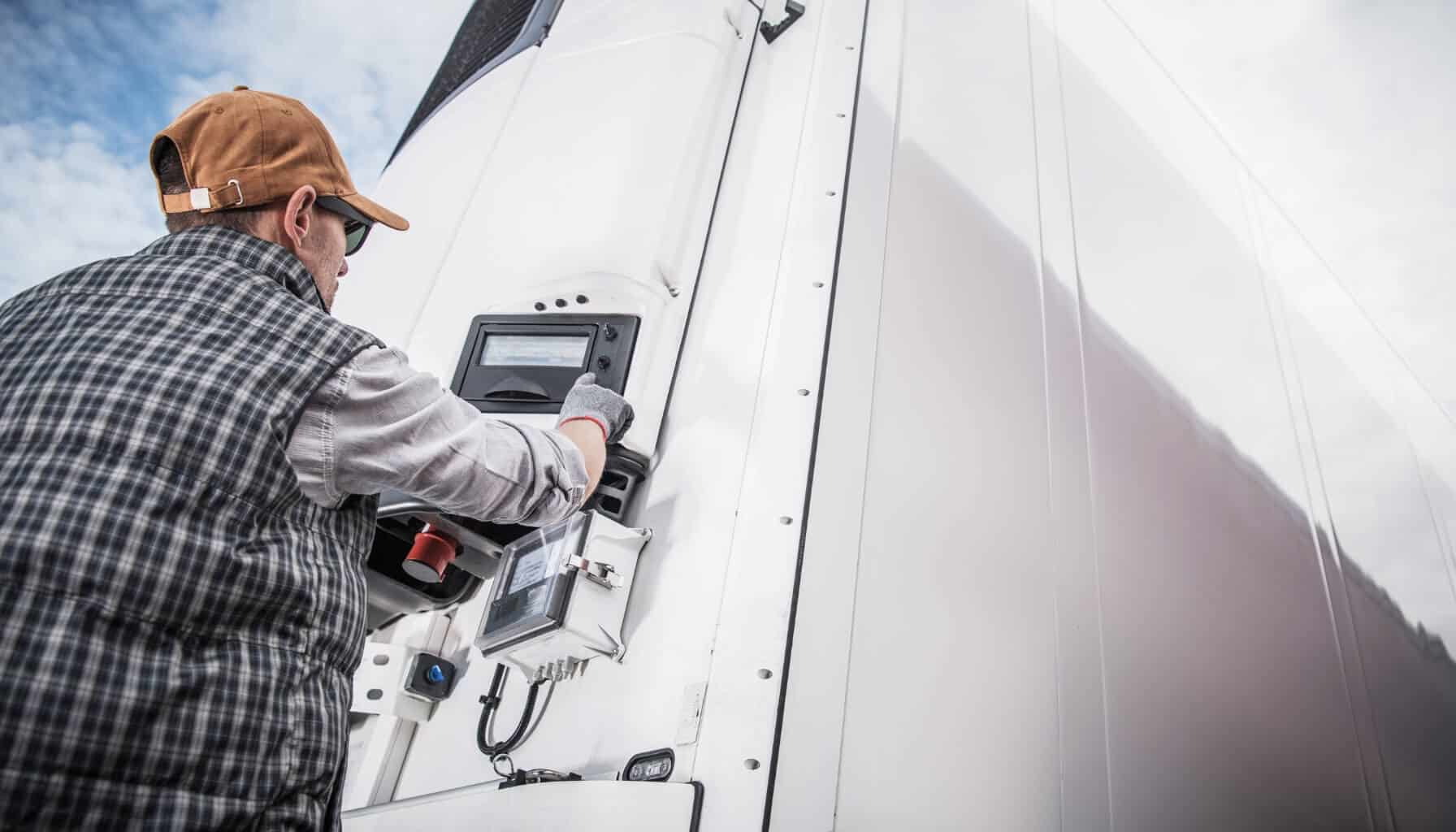Remote Task Management

Our mission is to help businesses connect, protect, and derive more value from their assets. As a leading global innovator, developer, and supplier of IoT solutions, we drive continuous innovation to enable our partners to deploy confidently at scale worldwide.

Remote task management leverages IoT technology to facilitate the real-time control and monitoring of devices and systems. Utilizing IoT sensors, a series of parameters can be remotely monitored from anywhere in the world, with data sent to a designated end-platform for analysis and task automation.
What is Remote Task Management?
Remote task management involves the process of overseeing and controlling tasks from a remote location. In the context of sensor monitoring, it involves the centralized management of various operations such as data collection, device maintenance, and system updates. This enables seamless and efficient monitoring and updates of sensor networks.
Why Remote Task Management is Important in Sensor Monitoring
Remote sensor monitoring relies on a network of task management sensors that are deployed across several locations. Ensuring these sensors are managed effectively and integral for allowing accurate data collection, timely maintenance, and overall system reliability. Remote task management is essential for:
- Enhancing operational efficiency by reducing the need for on-site visits.
- Ensuring timely execution of critical tasks like calibration and firmware updates.
- Providing real-time monitoring and instant alerts for quick response to issues.
- Enabling scalable and flexible management of extensive sensor networks.
Key Functions and Capabilities of Remote Task Management
Remote task management is a catalyst for efficient business practices, allowing for autonomy and remote decision-making to take place. The following are some of the capabilities of a remote task management system:
- Centralized Control and Coordination: Streamline operations by allowing centralized oversight of all sensor monitoring activities. Facilitating coordinated efforts for maintenance, updates, and troubleshooting.
- Real-Time Monitoring and Alerts: Collecting sensor readings with a data logger can enable real-time data monitoring and instant anomaly detection. Providing immediate alerts for critical events, allowing prompt intervention.
- Automated Scheduling and Execution: Automate routine tasks such as data logging and sensor calibration, ensuring consistent and timely execution of tasks.
- Data Management and Analysis: Tool for data aggregation, storage, and analysis, providing valuable insights from real-time and historical data trends.
- Cost Efficiency: Reduce operational costs by minimizing the need for on-site visits, enhancing efficiency, and reducing human error through automation.
- User Accessibility and Collaboration: Allow for multiple users to access and manage the system remotely, facilitating collaboration among team members and stakeholders.
Industry-Specific Examples of Remote Task Management
- Agriculture: In agriculture, remote task management is used for automated irrigation control based on real-time soil moisture data and for remote monitoring of livestock health and location.
- Environmental Monitoring: Enable continuous air and water quality monitoring with instant alerts for pollutants and manage weather stations remotely for accurate climate data in environmental monitoring.
- Industrial Applications: Facilitate predictive maintenance of machinery using sensor data and monitor production line efficiency and safety remotely in industrial applications.
- Smart Cities: Manage smart lighting and traffic systems and monitor waste management and water distribution networks in smart cities.
Task Management Sensor Monitoring
Remote task management consists of 3 components: a task management sensor, a data logger, and a cloud-based platform. All components work together to provide the end user with the capability of accessing data near-real time, remotely, and automating tasks. Our device management platform, Device Manager, is designed to enhance remote task management sensor monitoring. Device behavior and remote task management can be configured on this platform, including:
- Device Configuration: Easily configure devices and sensors from a central interface.
- Task Automation: Schedule and automate routine tasks to ensure consistent performance.
- Near-Real-Time Monitoring: Define data upload frequency including near-real-time data monitoring and alerts.
- Data Analysis Tools: Leverage advanced analytics to derive actionable insights from sensor data.
- Scalability: Seamlessly scale your sensor network as your needs grow with templatized configurations.
- User Collaboration: Enable multiple users to access and manage tasks collaboratively.
Summary
Remote task management is essential for the efficient operation of remote sensor monitoring applications. By centralizing control, enabling near real-time monitoring, automating tasks, and providing robust data management capabilities, it enhances operational efficiency and reliability across various industries.
Device Manager, used to configure remote task management, and devices such as the Hawk for sensor monitoring, can streamline your sensor monitoring tasks, ensuring you get the most out of your sensor networks. To learn more about remote task management, contact us to dicuss your specific requirements.


.png)




